Introduction
Embarking on the journey of grooming your furry companion need not be a daunting task. Beyond a squeaky-clean outcome, it's an opportunity to forge an unbreakable bond and perform a quick health check on your beloved pet. Within this guide, you'll discover invaluable tips and tricks on how to groom your dog at home effortlessly.
Often viewed as a luxury, dog grooming is commonly relegated to professional pet groomers. However, the reality is that it doesn't demand specialized skills and can seamlessly fit into your home routine with minimal 'equipment.' We're not aiming for dramatic makeovers or artistic stylings, but rather simple yet essential tasks that become part of a relaxing grooming ritual for both you and your furry friend.
Every dog has its temperament when it comes to grooming. It's crucial to approach it gently, utilizing dog training treats as an occasional reward. Starting grooming sessions gradually, especially from a young age, in short intervals, helps dogs acclimate to the process.
While grooming, vigilance is key – always watch your pet's reactions and never put yourself at risk. Even the most affectionate pets may react unexpectedly to unfamiliar sensations.
Before diving into the straightforward tips for at-home dog grooming, understand that regular grooming isn't a luxury but a fundamental aspect of ensuring your pet's happiness and well-being. Let's delve into this essential routine for a healthier, happier furry companion.
The Benefits of Dog Grooming
Regular grooming offers numerous benefits for your furry companion. It's not merely about maintaining their physical appearance; grooming plays a vital role in your dog's overall health and well-being.
This routine practice helps prevent mats and tangles in their fur, reduces shedding, and promotes healthier skin by removing dirt, debris, and dead hair.
Moreover, grooming sessions provide an excellent opportunity for you to inspect your dog's skin, ears, eyes, and teeth, enabling you to detect any abnormalities or health issues early on.
The Tools You Need for Home Grooming
1. Brushes: Different breeds require specific brushes such as slicker brushes, pin brushes, bristle brushes and de-shedding tools.
2. Combs: Wide-toothed and fine-toothed combs for detangling and removing loose hair.
3. Nail Clippers: Specifically designed for dogs to trim nails safely.
4. Scissors or Dog Grooming Clippers: For trimming excess hair or giving a haircut if necessary.
If you have a professional dog grooming vacuum set, then you don't need to prepare these tools mentioned above, and only an all-in-one grooming tool will suit all your needs.
The Neakasa S1 Pro is equipped with 8 professional grooming tools that make it easy to groom your dog and clean the hair around the house. It's a grooming vacuum that can suck in all the hair while grooming.

There is a dog grooming brush with vacuum to remove loose hair from your dog's coat, a de-matting brush to remove mats and tangles without damaging your pet's skin, a deshedding brush to remove the dead loose hair from pet's undercoat, a dog hair clipper to cut the long/thick hair, a nail clipper and a paw trimmer. It also has a vacuum brush for cleaning clothes and furniture and a crevice brush for cleaning pet hair between sofa seats or other hard-to-reach places.
5. Shampoo and Conditioner: Dog-specific products to maintain a healthy coat.
6. Ear Cleaning Solution: To keep ears clean and prevent infections.
7. Toothbrush and Toothpaste: To maintain good oral hygiene.
8. Towels or Hair Dryer: For drying off your dog after a bath.
9. Treats or Rewards: To keep your dog calm and reward good behavior during grooming sessions.
10. First Aid Kit: Including styptic powder for minor cuts or bleeding nails.
These tools, used appropriately, can help make the grooming process comfortable for your dog and more manageable for you.
How to Groom a Dog at Home?
1. Brush Your Dog:
Brushing is crucial for removing loose hair, preventing mats, and distributing natural oils for a healthy coat. Use a suitable brush for your dog's coat type. Start with gentle strokes, gradually increasing pressure, and paying attention to areas prone to tangles.
2. Bath Your Dog:
Bathe your dog using lukewarm water and a dog-specific shampoo. Wet their coat thoroughly, apply shampoo, and gently massage it in. Rinse thoroughly to avoid leaving any soap residue. This helps remove dirt, odors, and allergens while keeping their skin healthy.
3. Dry Your Dog:
Towel-dry your dog after the bath. Use a dog hairdryer on a low setting if your dog is comfortable with it. Ensure they are completely dry, especially in colder climates, to prevent skin issues.
4. Trim Nails:
Regular nail trims are essential to prevent overgrowth and potential injury. Use dog-specific nail clippers or a grinder. Be cautious and avoid cutting into the quick (blood vessel).
5. Clean Ears and Eyes:
Gently wipe around your dog's ears and eyes with a damp cloth to remove dirt and discharge. Use dog-specific solutions for ear cleaning to avoid irritation.
6. Brush Teeth:
Dental care is crucial. Use a dog-specific toothbrush and toothpaste to brush your dog's teeth regularly. Good dental hygiene helps prevent dental issues and bad breath.
7. Stay Attentive to Your Dog's Reactions:
Observe your dog's reactions during grooming. If they seem uncomfortable or distressed, take breaks or adjust your grooming technique. Some dogs may not enjoy certain grooming tasks, so be patient and gentle.
Remember, establishing a routine and keeping grooming sessions positive will help your dog feel more comfortable and maintain good hygiene.
Tips and Tricks
- Start Early: Introduce grooming routines when your dog is young to accustom them to the process.
- Positive Reinforcement: Use treats and praise to create a positive association with grooming.
- Regularity: Establish a grooming routine to maintain your dog's hygiene consistently.
- Professional Guidance: Seek guidance from a vet or professional groomer for specific grooming needs or techniques.
Conclusion
By taking an active role in grooming your dog at home, you not only save on grooming costs but also build a stronger bond with your pet. Regular grooming sessions ensure your dog looks and feels their best while promoting good health and overall well-being.


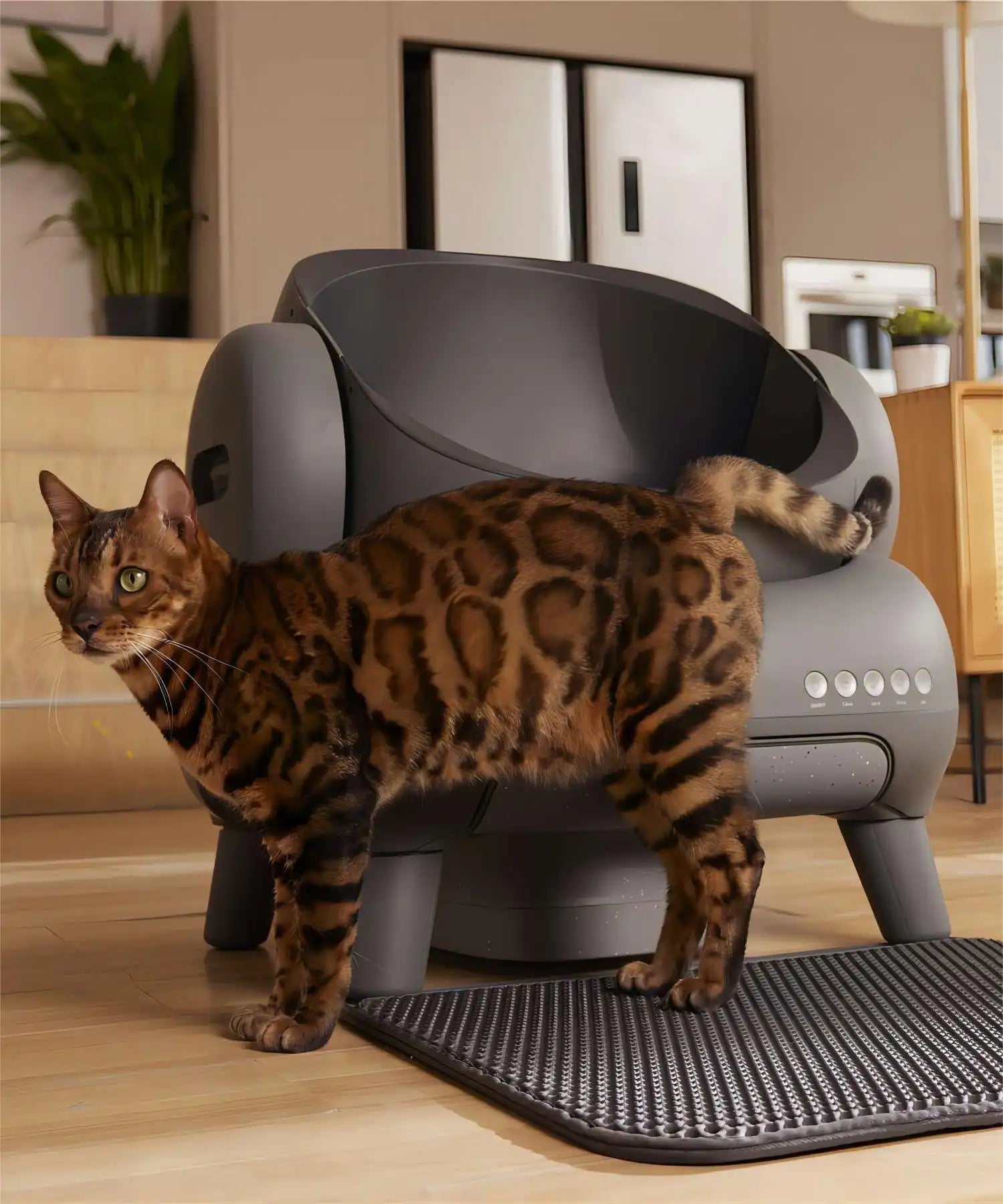
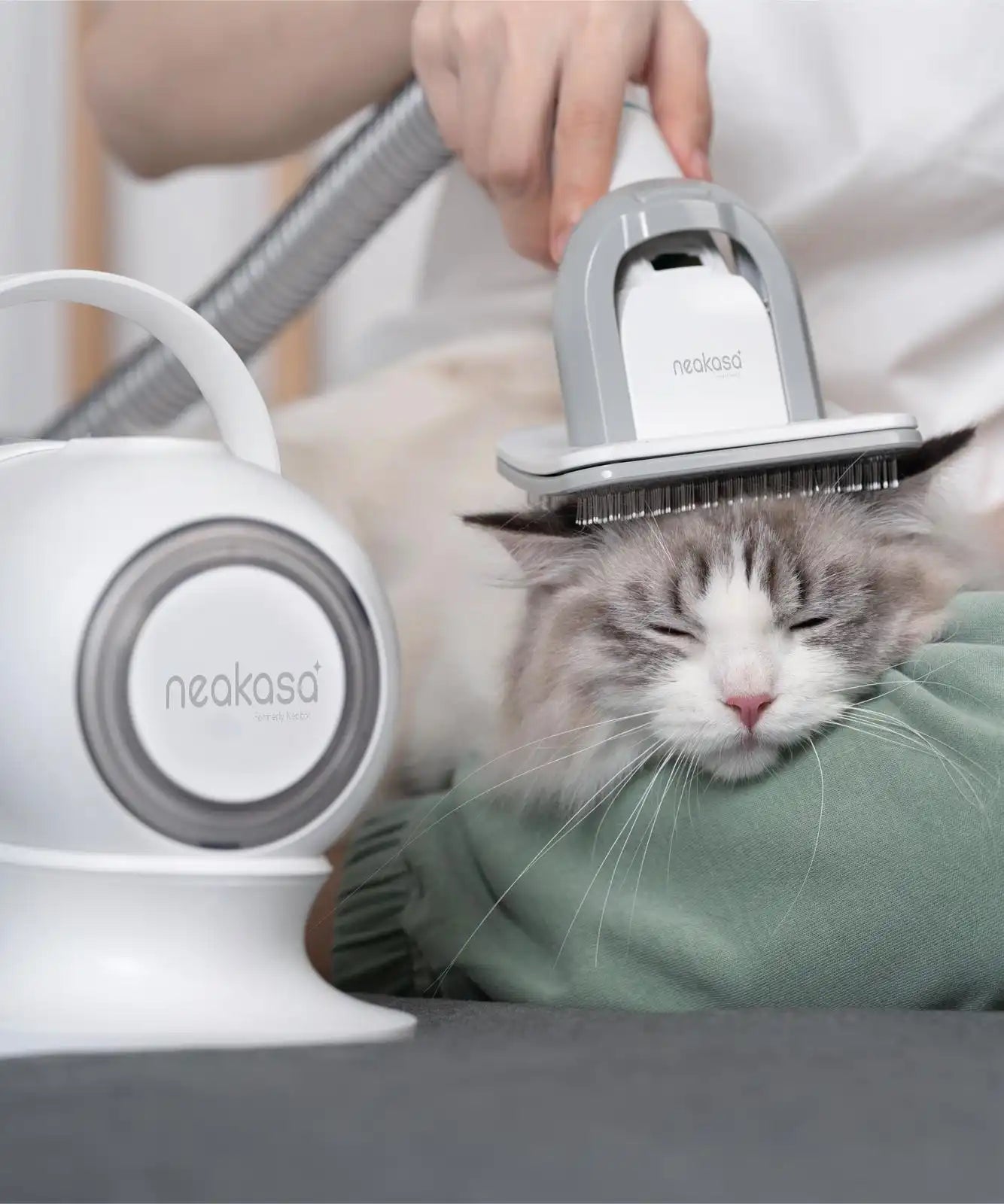
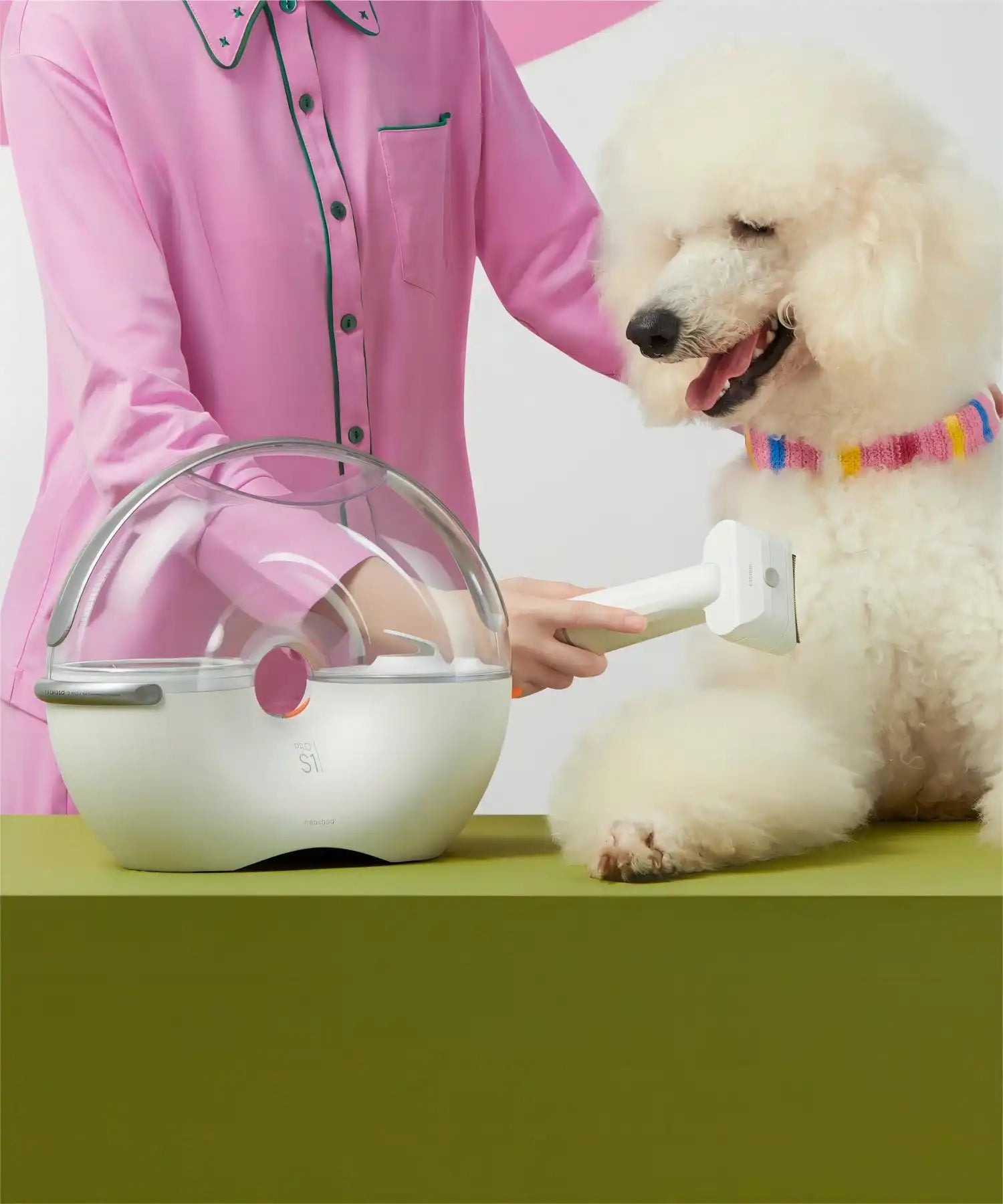

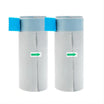
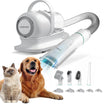
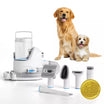
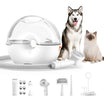
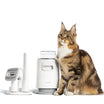
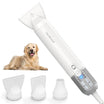
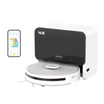
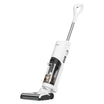




Leave a comment
This site is protected by reCAPTCHA and the Google Privacy Policy and Terms of Service apply.